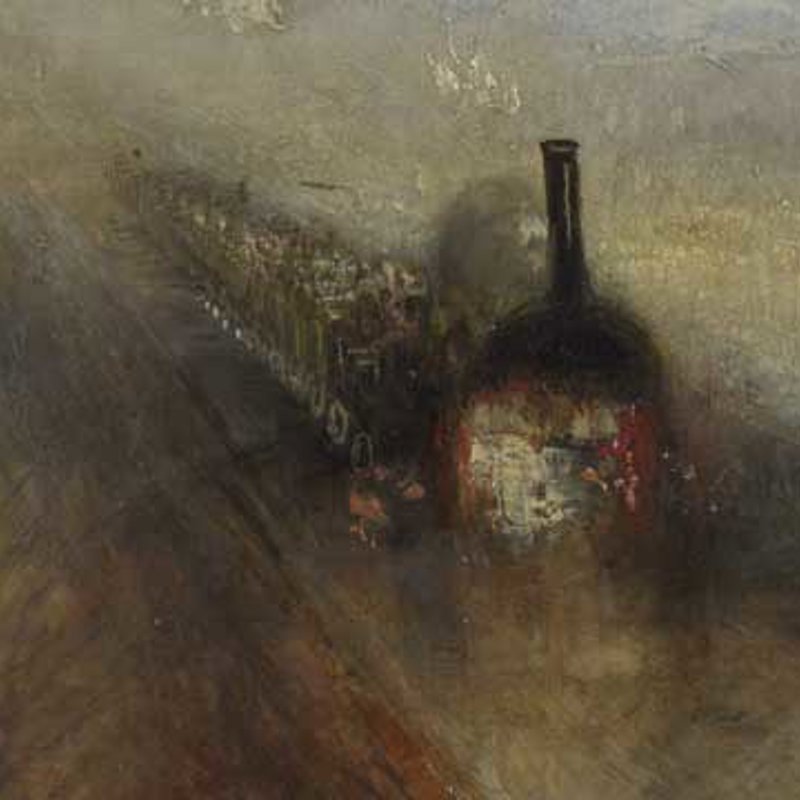We are lucky at the Gallery to have several pictures by Thomas Gainsborough of his family – including, now, an exciting new acquisition: a portrait of his daughter Margaret.
This lively portrait brings together two related areas of Gainsborough’s life and career – his deep affection for his family and friends, and his passion for music. Gainsborough and his wife, Margaret, had three daughters, the eldest, Mary died in infancy in 1748. She is seen with her parents in his earliest family portrait, below.
This latest, wonderful addition to our collection painted in the late 1770s, was previously thought to be of the second daughter, also named Mary, who played the harpsichord, but now identified as Margaret, the younger and more musical member of the family. She is shown in her twenties, fashionably dressed, her hair piled high and powdered, playing a theorbo (a kind of lute).
A family affair
Gainsborough painted some of the most ambitious and memorable portraits, 'fancy pictures' and landscapes in British art – just look at his flamboyant portrait of the celebrated actor Mrs Siddons and the masterly Watering Place, inspired by a much-admired landscape of the same name by Peter Paul Rubens.
Yet it is the beautifully observed images of the artist’s family – particularly his children – that seem to appeal most to us now. Gainsborough painted these portraits for himself, unhindered by the demands of a patron or sitter, which may explain why some are unfinished. And unlike other portraits, here Gainsborough knew intimately the people he was painting, their characters, moods, gestures and expressions.
Surviving letters confirm that Gainsborough doted on his children. When they left Bath in 1764 to attend Blacklands School in Chelsea, he really missed them, writing frequently while they were away. This fatherly affection shines through these portraits.
We are extremely lucky to have two of the five double portraits of Mary and Margaret:
In addition to the freedom to paint as he wanted to, Gainsborough’s family relationships were important to him on a professional as well as personal level, notably with his nephew, Gainsborough Dupont, the son of his sister Sarah, who worked with Gainsborough until his death in 1788. He was also the model for the artist’s most famous portrait, The Blue Boy (The Huntington, San Marino).
Gainsborough and music
Gainsborough’s love of music is well known. In a letter of the 1760s he famously wrote:
"I’m sick of Portraits and wish very much to take my Viol da Gamba and walk off to some sweet Village where I can paint Landskips [landscapes] and enjoy the fag End of Life in quietness and ease."
At one time he owned five such instruments. Unsurprisingly, musicians numbered among his intimate circle of friends, such as the German composers Johann Christian Bach (the ‘English Bach’), Carl Friedrich Abel and Johann Christian Fischer (Mary Gainsborough and Fischer were briefly married in 1780-1). Other family friends included Thomas Linley, the singer, composer and music teacher, and his daughters Elizabeth and Mary, both of whom were professional singers.
After Gainsborough’s death, his daughters lived with their mother in Schomberg House, Pall Mall, until 1793. Margaret became the nurse and protector of her sister, who suffered from mental health issues. They stayed together until Margaret’s death in 1820.
Written by Christine Riding, The Jacob Rothschild Head of the Curatorial Department and Curator of British Paintings.












